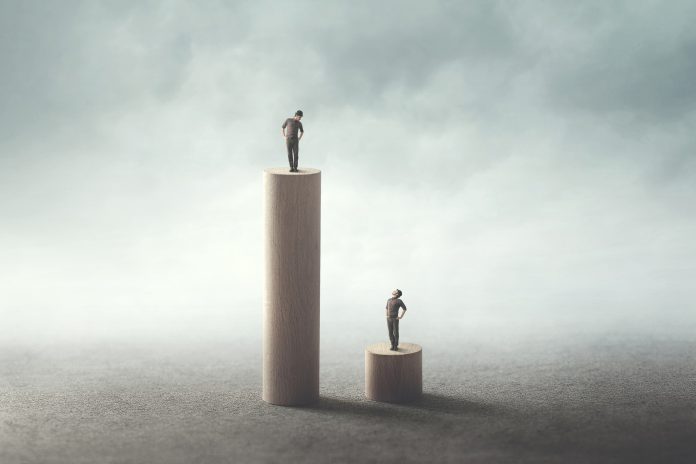Today’s hyperpartisan and frequently negative news cycle ignores one significant and uplifting story: the precipitous decline of global inequality. It’s a subject that deserves our attention, for it reveals the power of markets, trade and human ingenuity to lift up societies.
For decades, critics of globalization lamented the chasm that trade and a growing economic interdependence among nations would ostensibly create between the rich and the poor. In the last few decades, however, we’ve witnessed a clear reduction in global inequality quite contrary to the doomsayers’ old predictions. Emerging economies — many of which were once considered backwaters destined to languish — have taken giant leaps forward by joining the global economy. Millions of people have been raised from abject poverty and wealth disparities have narrowed.
Consider India and even Communist-led China. Despite some recent problems due mostly to renewed authoritarianism, in the last few decades these economies have shifted from being insulated and stagnant to relatively open and dynamic participants in global commerce. By embracing markets and reducing bureaucratic encumbrances, they’ve catalyzed an economic renaissance. The World Bank’s data underscores this transformation, highlighting that in China, over 800 million people have been liberated from the clutches of poverty since 1980. In India, that number sits at 415 million people since 2005.
However, focusing solely on income trends can sometimes blur stories of resilience and progress. Cato Institute scholar Chelsea Follett and George Mason University economist Vincent Geloso developed the Inequality of Human Progress Index to better illuminate examples of how humans are flourishing. The index measures relative gaps in international inequality across a greater number of dimensions than those which focus on simple material well-being.
These dimensions include lifespan, infant mortality, adequate nutrition, environmental quality, access to opportunity (measured by education), access to information (measured by internet access) and political freedom. Each are critically important living standards that measures of monetary income might not fully reflect. Finally, the index gives more weight to things that are harder to achieve — like the feat of increasing life expectancy from 70 to 80 compared to the first step of increasing it from 20 to 30.
By measuring the degree to which people share in these improvements of welfare, Geloso and Follett’s new index captures in much broader terms what most of us have in mind when we speak of human progress.
So, what does the index find? First, significant progress has indeed been made to improve overall well-being. These improvements appear larger than the ones reported by other measurements, such as the United Nations’ Human Development Index, in part because of the other components of human progress measured. This difference demonstrates how a simple index, no matter how useful or how widely cited it is by other experts, can fail to capture many elements of human welfare.
As Follett and Geloso report:
“The HPI with internet access included suggests that inequality initially increased in the early 1990s and then began to fall rapidly. Inequality appears to rise because only a few countries saw a surge in internet access at first. However, as internet access spread to other countries, inequality began falling rapidly. By 2018, inequality was between 35.3 and 49.4% lower than it was in 1990.”
In other words, this progress has been widely shared, to the great benefit of the people at the bottom of the distribution.
In fact, looking at each indicator separately, the authors find spectacular reductions in inequality in all but two: childhood mortality and access to clean air. They suggest that the increase in mortality from pollution could be the result of the “Environmental Kuznets Curve.” This curve shows that pollution at first increases with economic growth. It does so until a critical point is reached, after which pollution starts to fall. As Follett and Geloso note, “the hike could reflect that some countries are going through the transition.” As for the increase in infant mortality inequality, this result could be a sign that child mortality has fallen, but not as fast in low?income countries as in high?income countries since 1990.
Challenges remain, of course, but the significant reduction in global inequality can’t be ignored. These improvements are not just statistics; each testifies to real stories of human betterment and potential and underscores the immense possibilities that arise when individuals are empowered by freedom, barriers are minimized, and nations collaborate. As we navigate the complexities of the 21st century, this story of triumph should serve as both a beacon and a guide.
Veronique de Rugy is the George Gibbs Chair in Political Economy and a senior research fellow at the Mercatus Center at George Mason University. To find out more about Veronique de Rugy and read features by other Creators Syndicate writers and cartoonists, visit the Creators Syndicate webpage at www.creators.com.
COPYRIGHT 2023 CREATORS.COM.
For more great content from Rights, Justice & Culture News.
For more from The Heartland Institute.






